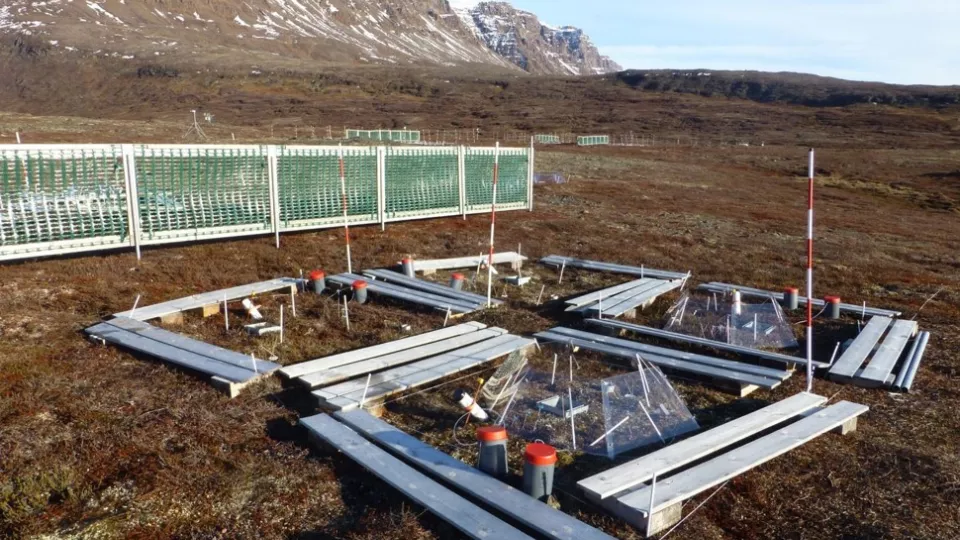Grant to research on Modelling root dynamics in arctic tundra ecosystems and quantifying vegetation feedback to regional and global climate change.
Research on climate change in tundra ecosystems
Wenxin Zhang, researcher at the Department of Physical Geography and Ecosystem Science, has been awarded a Starting Grant from the Swedish Research Council (3.94 million SEK). His starting grant project "Modelling root dynamics in arctic tundra ecosystems and quantifying vegetation feedback to regional and global climate change" will run for four years starting in 2021.Root dynamics
Root dynamics have emerged as a critical process in the Arctic tundra ecosystems. Roots normally constitute a major part of the total plant biomass and mediate ecosystem functions of partitioning resources, such as water and nutrient fluxes, and thereby controlling species competition. But due to a general paucity of data, the root dynamics of Arctic ecosystems are still poorly understood. Their regional and global implications to the carbon cycle are less studied than the above-ground ecosystem processes.Implementing root dynamics to modelling
Important traits and functions of roots are still lacking in current terrestrial biosphere models (TBM). Based on a collaboration between the Center for Permafrost at University of Copenhagen and Lund University, Wenxin together with a PhD candidate will develop an advanced root module in the TBM to properly represent root dynamics and their responses to important Arctic processes such as permafrost thawing, summer warming, and snowfall. The new version of the model will be applied for Pan-Arctic ecosystems and included into the regional and global Earth system model.The study´s results will have important implications for understanding the Arctic ecosystem resilience to climate change, and elucidate more opportunities and challenges for the Arctic ecosystem services and sustainable development of the Arctic regions.

